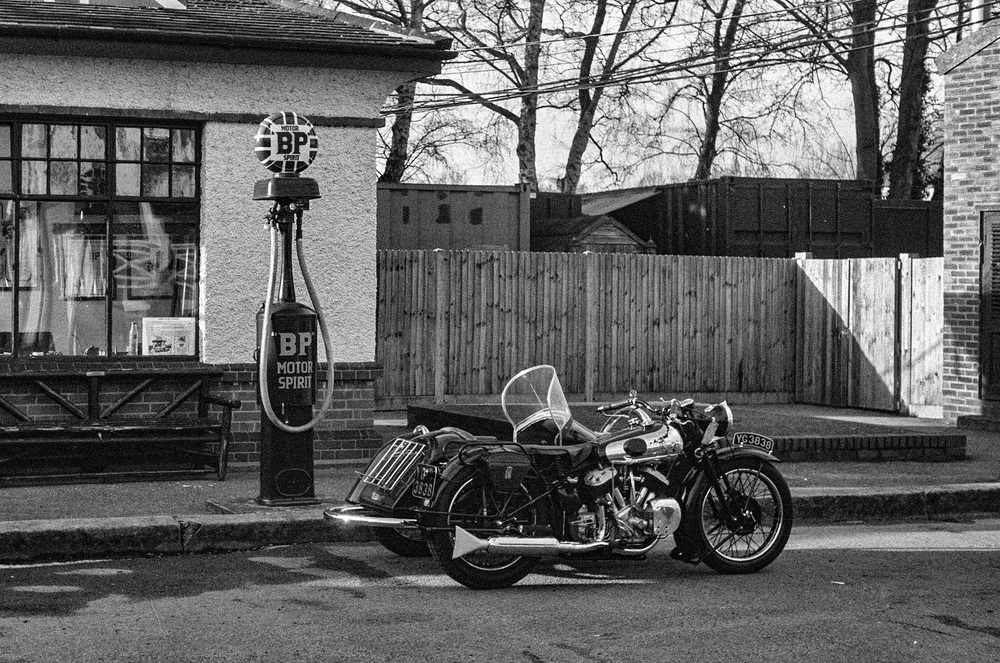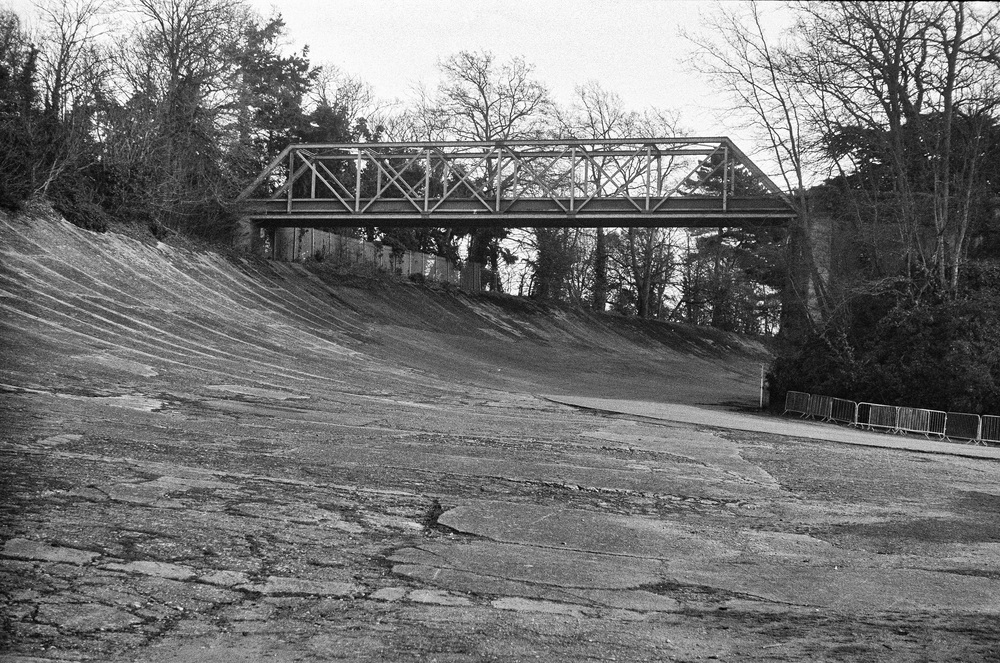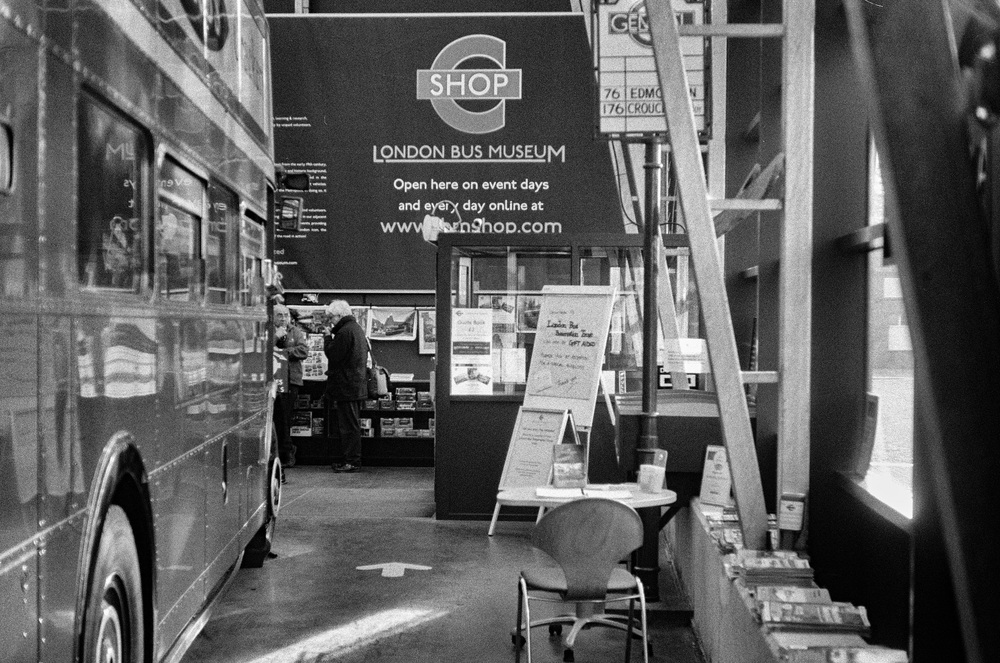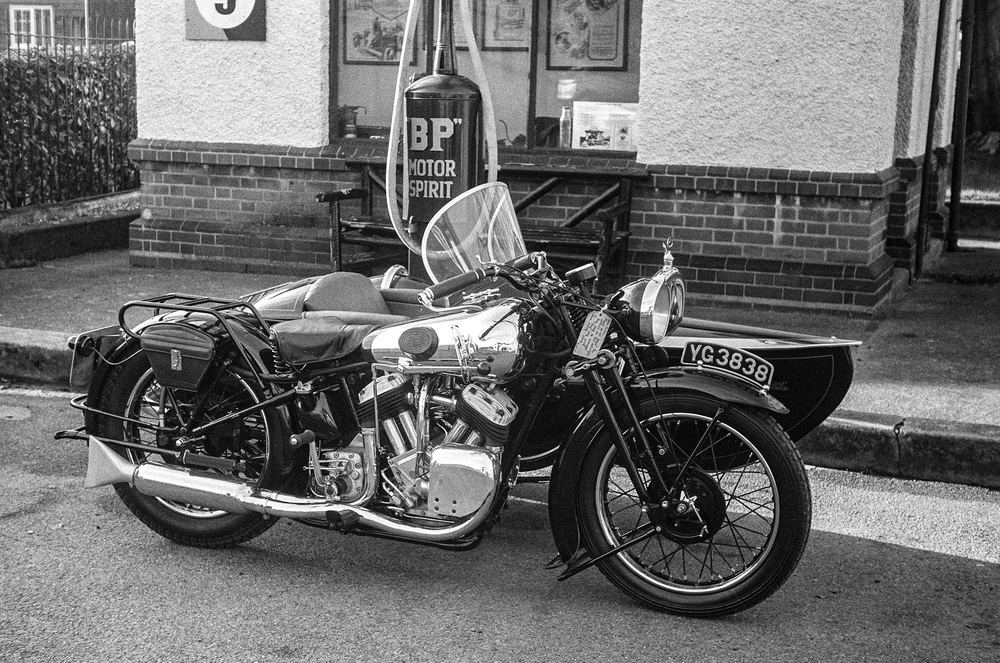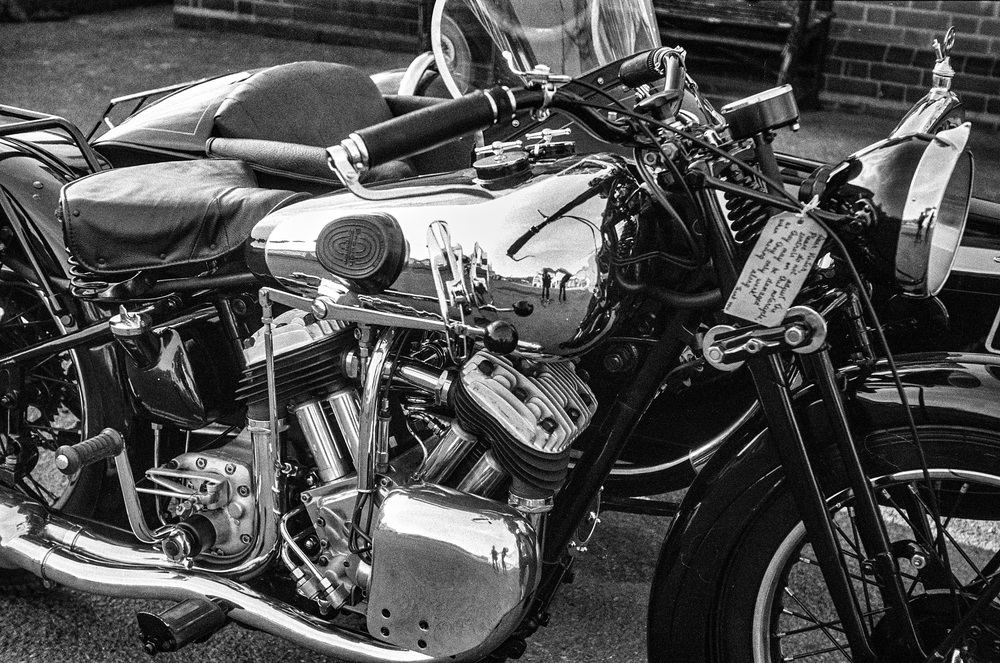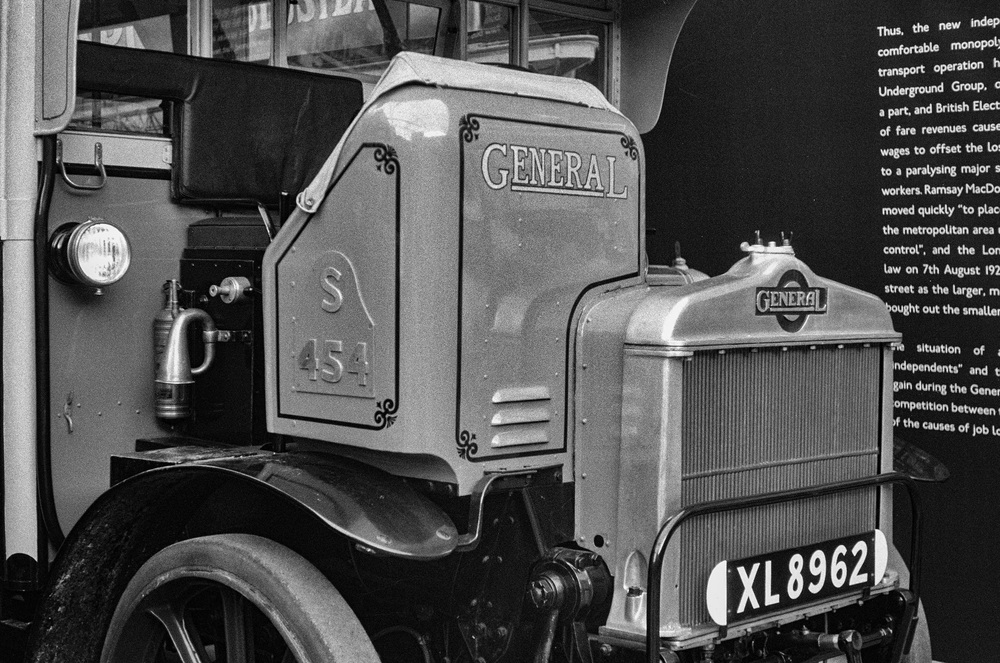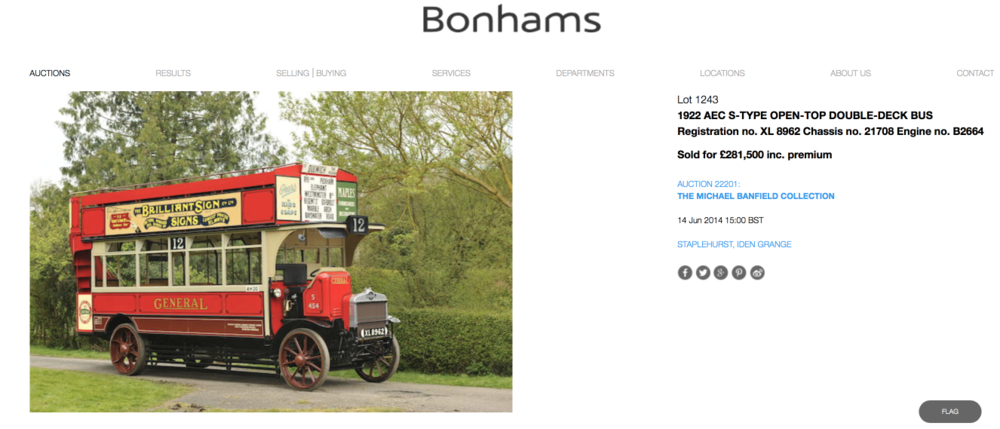When I obtained my black-paint 1935 Leica III camera last week I lost no time threading in a roll of Ilford FP4 and looking for some suitable period subject material. It didn’t take long to hit on Brooklands Museum, near Weybridge in Surrey—a venue that would have been a magnet for Leica photographers in the mid 1930s.
The 5cm f/3.5 Elmar used for these pictures is a bit of an oddity: A 1936 production number but the outward shell of an early 1950s red-scale version. It’s coated but this means nothing since older lenses were often coated at a later date. My guess is that this is a later lens that has been reconditioned at the factory and the use of an old-number filter ring is pure happenstance.
Both camera and lens performed faultlessly on this first outing and I was again impressed by the sheer pleasure of focusing through the one window, composing through the other and pressing the supremely satisfying shutter. The experience is probably as rewarding as riding the old Brough. Screwmount Leicas, unlike George Brough’s creations, are not for speedsters. Nonetheless, back in 1935 this camera would have been the best tool for the job of recording a race meeting at Brooklands.
Smart focus system
My friend and one-time colleague Don Morley recollects covering 1950s motorcycle race meetings for newspapers using a screw-mount Leica IIIf. A trick he learned early on was to nip out onto the track between races and deposit a scrunched-up piece silver foil, usually from the inner wrapping of a cigarette packet, in a crack in the tarmac. Later, once the action was underway, this silver beacon would act as a focus point so he could pre-focus the camera and enjoy instant sharp shots as the riders passed the magic spot. This, however, was long after Brooklands closed for racing business.
The Brooklands 2.75-mile banked circuit was constructed in only eight months and opened in 1907. It was the world’s first purpose-built motor racing circuit and was the centre of British motorsport for over three decades. In 1935, when the Leica III was made, Brooklands saw Sir John Cobb and his 24-litre Napier Railton set an outer-circuit record of 143.44 mph. The last meeting took place in early August 1939, a month before the outbreak of war. The track was requisitioned for war purposes and has never reopened.
Eighty years on, however, this little Leica camera is still producing impressive results and will still be doing so in another 80 years, film stocks allowing. To paraphrase the words of the Patek Philipe advertisement, I don’t own this camera; I am merely looking after it for the next generation.
The camera was supplied by Red Dot Cameras in London, home to a vast collection of classic Leicas from the 1920s right through to the latest film and digital cameras.
